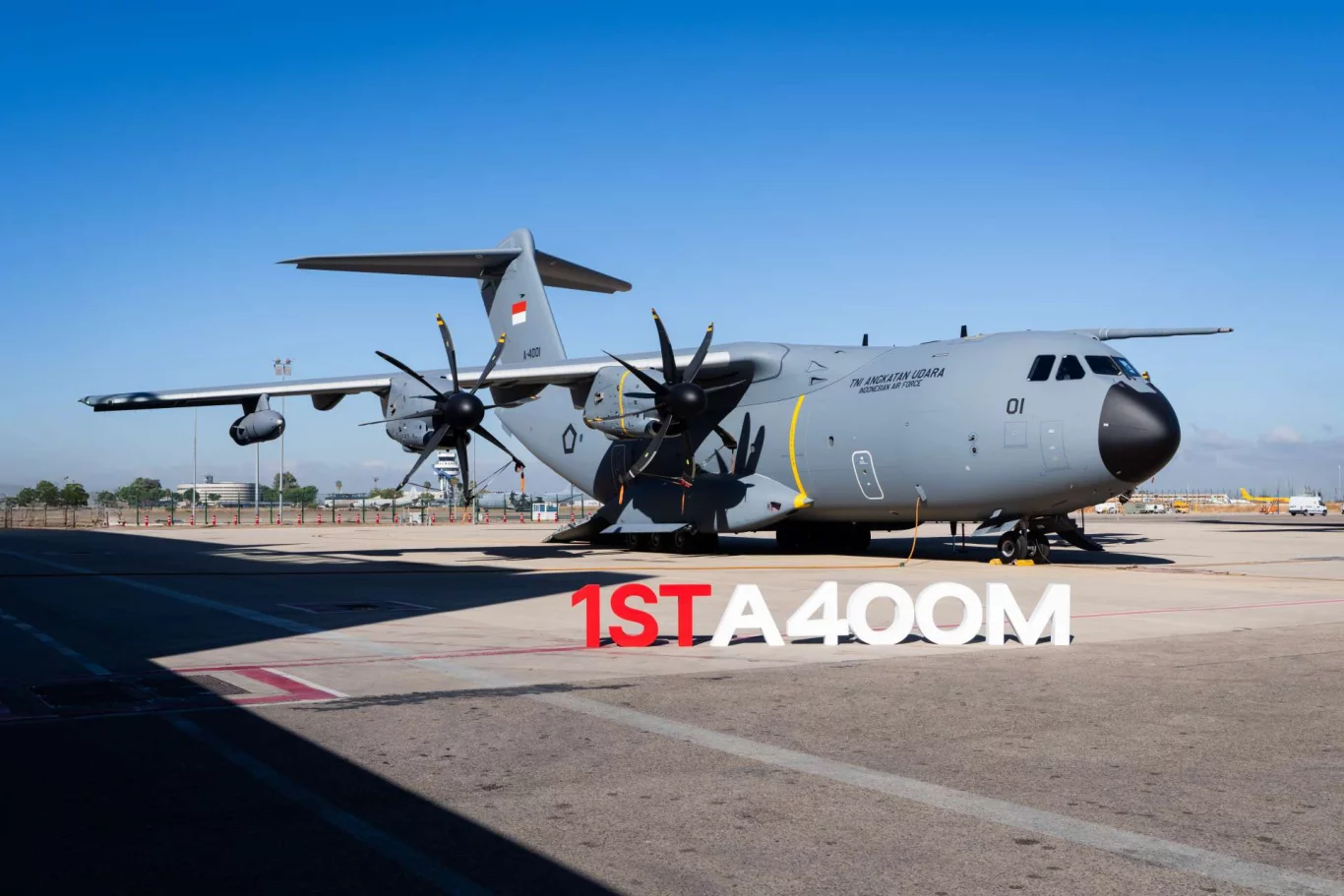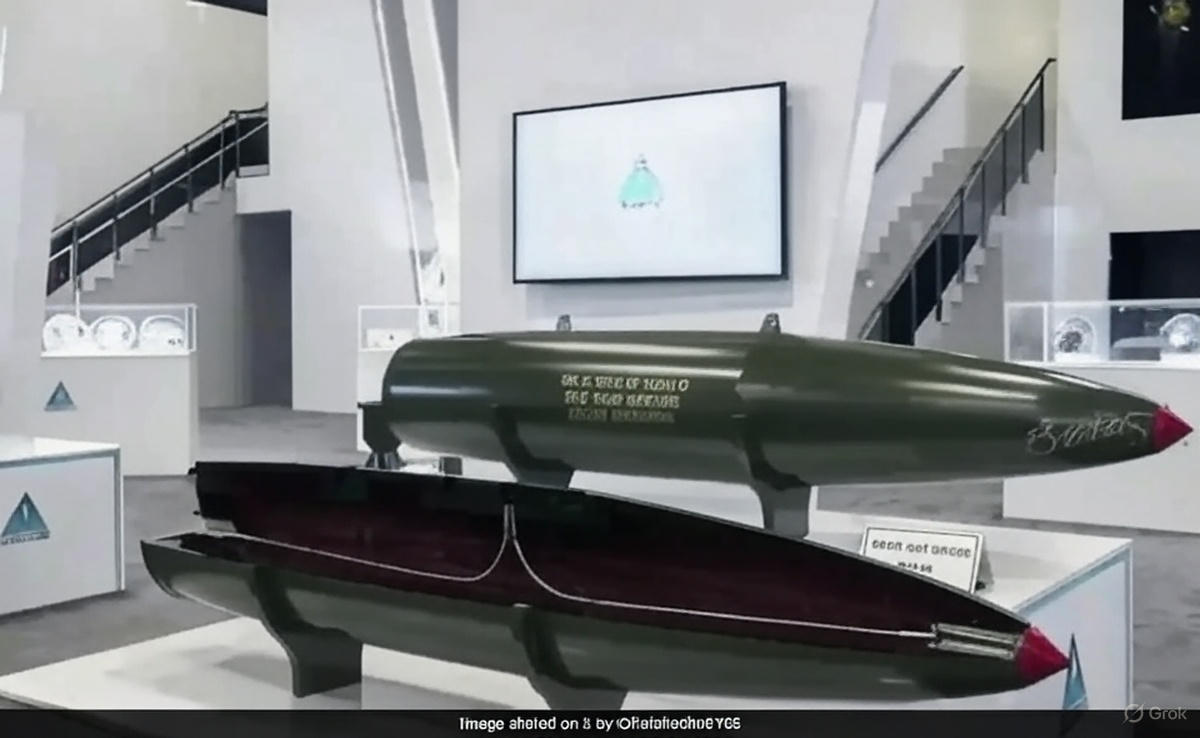In a landmark moment for its defense capabilities and humanitarian response efforts, Indonesia has officially welcomed its first Airbus A400M Atlas military airlifter. This highly anticipated arrival is not merely the delivery of an aircraft; it represents a pivotal step in Indonesia’s ambitious plan to significantly expand its strategic airlift capacity, with an additional four A400Ms reportedly on the horizon. This acquisition underscores a forward-thinking approach to national security, disaster relief, and power projection in the vast archipelagic nation. This article delves into the transformative impact of the A400M for Indonesia, exploring its unique capabilities and the strategic implications of this crucial fleet expansion.
The A400M Atlas: A Versatile Giant for a Nation of Islands
The Airbus A400M Atlas is a marvel of modern aerospace engineering, designed to bridge the gap between tactical airlifters and larger strategic transports. For a country like Indonesia, with its thousands of islands and diverse geographical challenges, the A400M is an ideal solution.
- Strategic and Tactical Versatility: Unlike many specialized airlifters, the A400M excels in both strategic and tactical roles. It possesses the range and payload capacity to transport heavy equipment and personnel over long distances (strategic lift), while also being capable of operating from austere, unpaved runways close to the action (tactical lift). This “two-in-one” capability is incredibly valuable for Indonesia, allowing it to project power and provide aid across its vast territory and beyond.
- Impressive Payload and Volume: The A400M can carry up to 37 tonnes of cargo, including oversized items like armored vehicles, helicopters, and substantial quantities of humanitarian aid. Its large cargo hold, accessible via a rear ramp, makes loading and unloading efficient, a critical factor during rapid deployment or disaster response scenarios. This capacity ensures that Indonesia can move essential resources quickly and effectively, whether for military operations or civilian emergencies.
- Unrivaled Short Field Performance: One of the A400M’s most impressive features is its ability to take off and land on short, unpaved runways. This is particularly vital for Indonesia, where many remote islands and disaster-affected areas lack extensive airfield infrastructure. The A400M’s robust landing gear and powerful turboprop engines enable it to reach locations inaccessible to larger jet transports, bringing aid directly to where it’s needed most.
- Aerial Refueling Capability: The A400M can be configured for aerial refueling, allowing it to extend the range of other aircraft, including fighters and other transports. This capability significantly enhances Indonesia’s operational reach and flexibility, enabling its air force to sustain missions over longer durations and greater distances.
A Strategic Imperative for a Maritime Nation:
Indonesia’s geography as the world’s largest archipelagic state presents unique logistical challenges for defense and disaster management. The acquisition of the A400M directly addresses these needs, offering a transformative impact across several key areas:
- Enhanced Disaster Response: Indonesia is frequently affected by natural disasters such as earthquakes, tsunamis, volcanic eruptions, and floods. Rapid response is paramount in saving lives and delivering aid. The A400M’s ability to carry large quantities of supplies and equipment, and operate from challenging airstrips, will drastically improve the speed and effectiveness of humanitarian assistance and disaster relief (HADR) operations. It can deliver medical teams, relief supplies, heavy engineering equipment, and even establish temporary airbridges to isolated communities.
- Strengthening National Security and Sovereignty: With an expansive maritime territory and diverse security challenges, Indonesia requires robust capabilities to patrol its borders, transport troops and equipment, and respond to threats across its vast domain. The A400M provides the strategic lift necessary to rapidly deploy forces and assets to any part of the archipelago, reinforcing national sovereignty and territorial integrity.
- Power Projection and Regional Influence: As a significant player in Southeast Asia, Indonesia’s ability to project power and contribute to regional stability is enhanced by its strategic airlift capacity. The A400M allows Indonesia to participate more effectively in international peacekeeping missions, joint exercises with allies, and provide support to neighboring nations in times of crisis.
- Modernization of the Indonesian Air Force (TNI-AU): The A400M joins Indonesia’s existing transport fleet, bringing a significant leap in capability. It complements and, in some cases, will replace older platforms, ushering in a new era of modern air transport for the TNI-AU. This modernization ensures that Indonesia’s air force remains a capable and respected force in the region.
The Path Forward: More Atlases on the Horizon:
The arrival of the first A400M is just the beginning of Indonesia’s strategic airlift expansion. The reported intention to acquire an additional four aircraft underscores a long-term commitment to building a formidable transport fleet. This phased acquisition will allow the TNI-AU to integrate the new platform systematically, train personnel, develop maintenance infrastructure, and progressively expand its operational envelope.
The A400M also represents a commitment to advanced European aerospace technology, fostering closer ties with Airbus and potentially opening doors for further collaboration in defense and aerospace sectors.
Conclusion:
Indonesia’s welcoming of its first Airbus A400M Atlas marks a momentous occasion, symbolizing a significant leap forward in its strategic capabilities. This versatile airlifter is perfectly suited to the unique demands of the Indonesian archipelago, promising to enhance disaster response, bolster national security, and elevate the nation’s regional influence. With plans for additional aircraft, Indonesia is clearly investing in its future, building a robust air bridge that will serve its people and protect its interests for decades to come. The skies over Indonesia just got a whole lot more capable.



